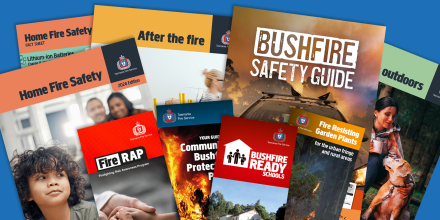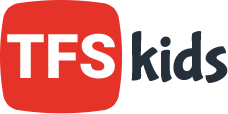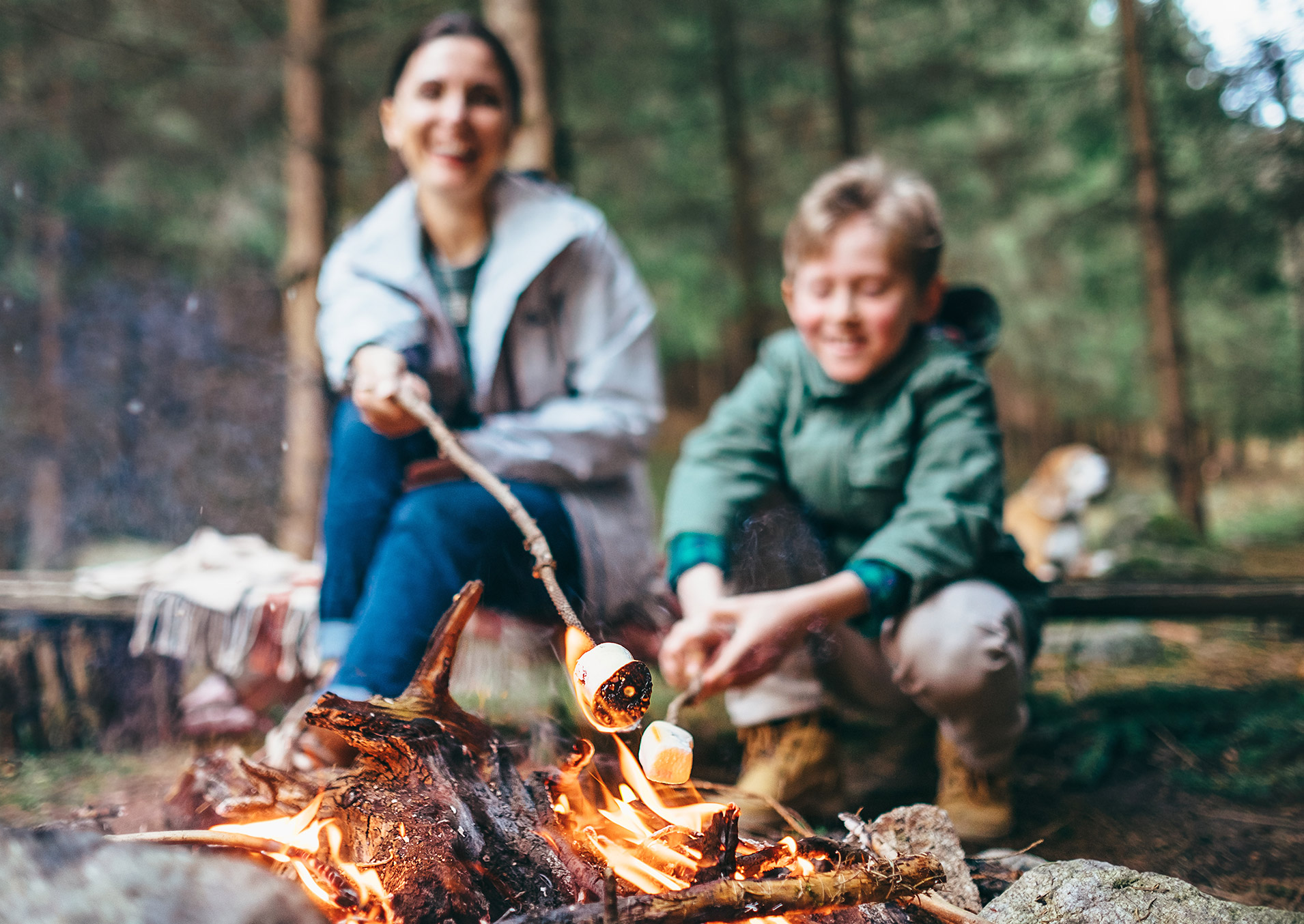 Helping families solve the problem of child fire lighting
Helping families solve the problem of child fire lighting
Most children will show curiosity about fire at some stage. This is natural and normal.
The Firelighting Risk Awareness Program (FireRAP) is a free, confidential, Tasmanian-wide service to help families deal with child fire lighting behaviour.
The Program is:
- designed for primary school-aged children and their families
- delivered in your home by trained FireRAP firefighters
- an early intervention program designed to prevent further firelighting
FireRAP may not be appropriate for all children, especially those with more complex behaviours. The staff involved in the program will let you know whether FireRAP is appropriate for your family, and may suggest other services that can help.
Does it work?
Research shows a success rate of over 90%. Most of the children who go through the program stop their unsafe fire behaviour.
What happens in the program?
The program is delivered in your home by trained FireRAP firefighters. It is a family-based program, so ideally everybody who lives in the house will be involved.
The FireRAP firefighters will make several visits to your home. They will:
- help you to manage your child’s fire lighting behaviour
- teach you and your child how to make the home and family safe from fire
- teach your child about the consequences of fire, and the difference between good fires and bad fires
- help your child to take responsibility for their actions
- help your child to feel good about themselves for being fire safe.
Download the FireRAP Brochure here
How can I enrol my child in the program?
If you are the parent or guardian of a child who is playing with fire, please click on the enrolment button below or you can contact FireRAP at communityed@fire.tas.gov.au or 1800 182 341
Information for Parents
Why do children light fires?
There are a range of reasons why children might light fires:
- curiosity about fire
- fascination with fire
- attention-seeking behaviour
- peer pressure
- anger
- revenge.
Younger children tend to light fires in and around their homes. They usually don’t mean to cause damage and don’t understand how dangerous fire can be.
Fire lighting can also be a sign that a child is worried or upset about something, and they may need extra help from other services.
What can you do?
Supervise and educate your children:
- Supervise your children at all times, especially around fire, cooking and heating
- Teach your children that fire is a tool for adults to use, not a toy
- Don’t let your children use fire – helping with lighting the fire or burning off makes children think that they can control fire
- Teach your children facts about fire safety and the consequences of fire.
Remove the temptation:
- Lock away matches and lighters – just like you lock away medicines and other dangerous household substances
- Teach your children to bring you any unattended matches or lighters they find and reward them for their honesty
- If you are a smoker, think about giving up, smokers are more likely to have children who light fires.
Make your home fire safe:
- Lead by example – reduce the risk of fire by using fire, cooking, heating and electricity safely
- Have working smoke alarms in all the bedrooms and the hall outside bedrooms.
Make a plan to get them out alive:
- Every body in the house should know what to do if there is a fire – have a family escape plan and practice it.
Service Providers
FireRAP uses basic social learning and behavioural principles such as positive reinforcement.
FireRAP is not appropriate:
- for older children who have finished primary school
- where fire setting is persistent, malicious or part of a pattern of antisocial/criminal behaviour
- for children in the Community/Youth Justice system
- where fire setting is related to psychopathology
- where professional intervention is required – FireRAP practitioners are firefighters with training in this program, not social workers or psychologists.
Referring a child to FireRAP:
- FireRAP does not accept referrals from service providers
- only the child’s parent or guardian can refer them to the program
- we suggest that you give a copy of the brochure to parents/guardians of children who are lighting fires. Explain how the program can assist them and encourage them to make contact
- the program requires the support of the parent/guardian to be successful. Their willingness to make contact and arrange for a visit is an indicator of how motivated they are to support the program and manage their child’s fire lighting behaviour.
- the program’s success depends on its voluntary, family-based approach.
Other support for juvenile firelighters
When a referral to FireRAP is not appropriate, the Community Education unit of the Tasmania Fire Service may be able to assist other service providers working with young people who set fires by providing fire-related advice and resources.
Related pages

Home Fire Safety (HFS)
Protect what you value. Knowing what to do in a house fire and how to keep your home fire safe...

Online Ordering
Free Tasmania Fire Service giveaways and publications.

